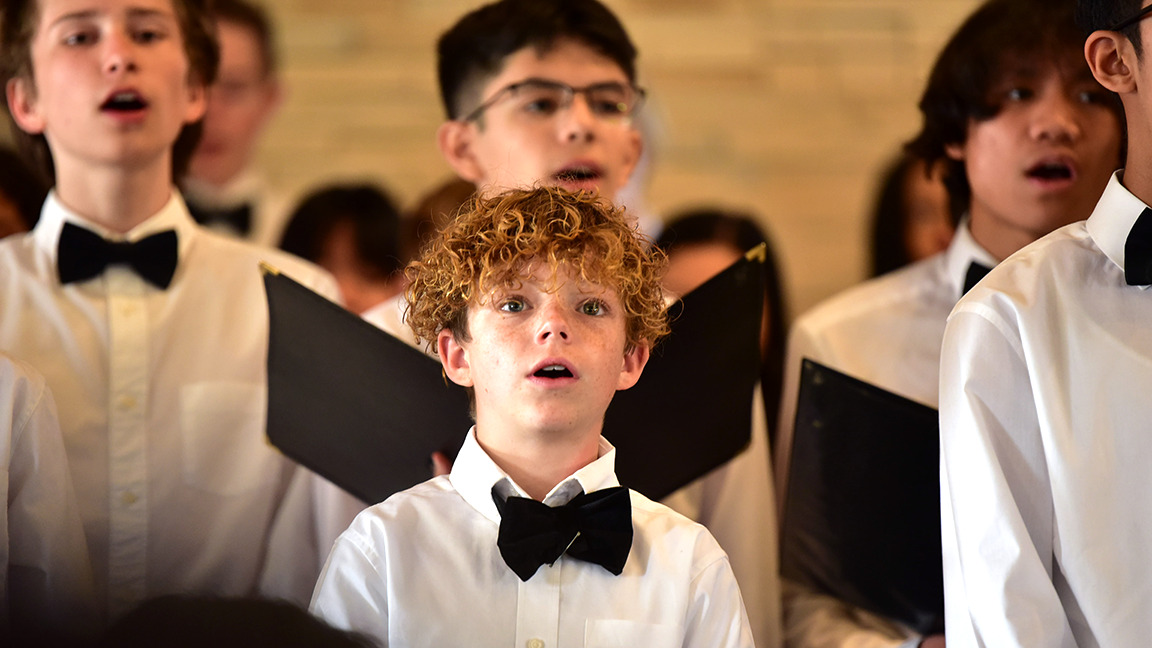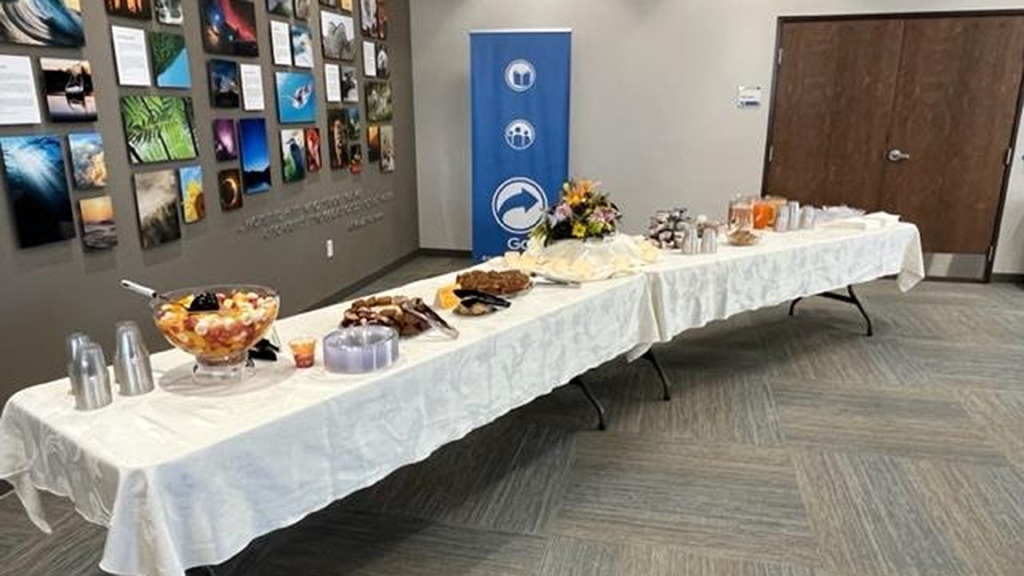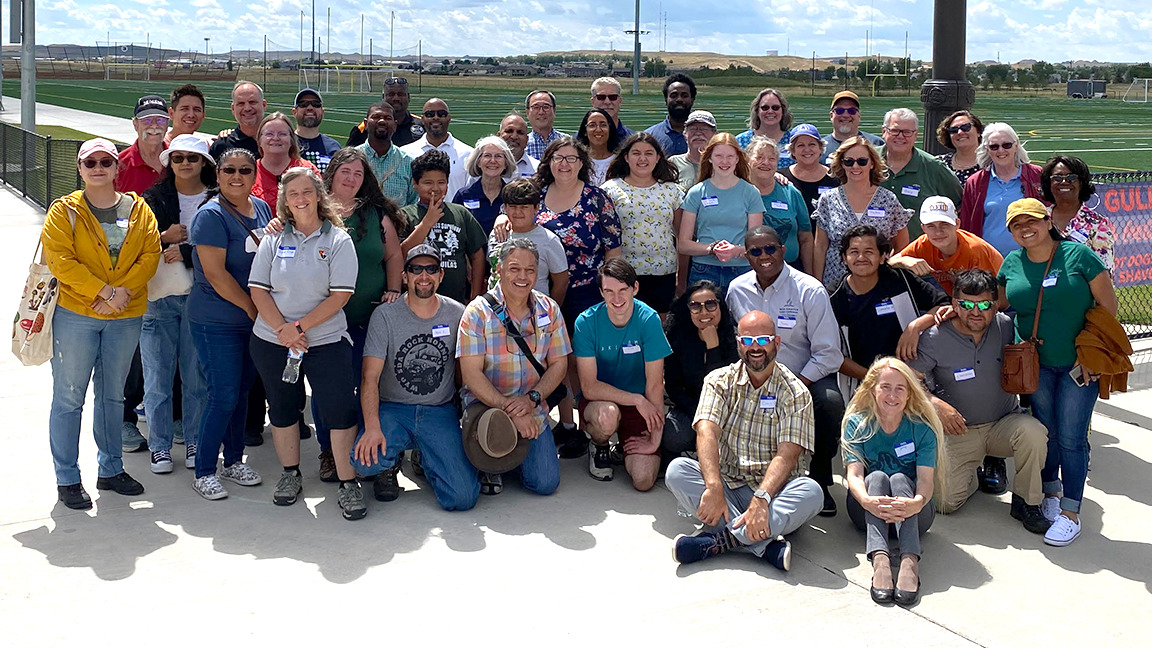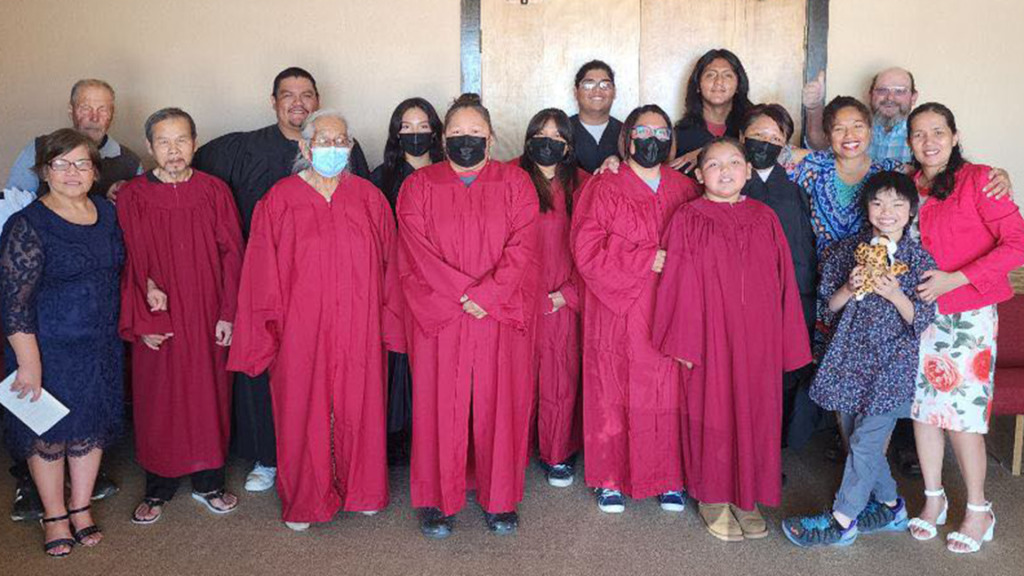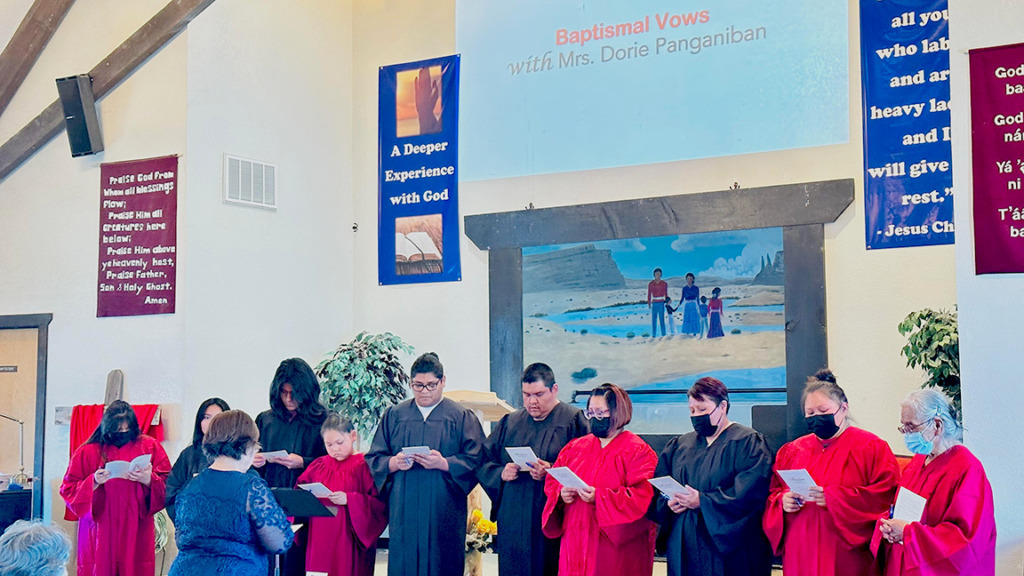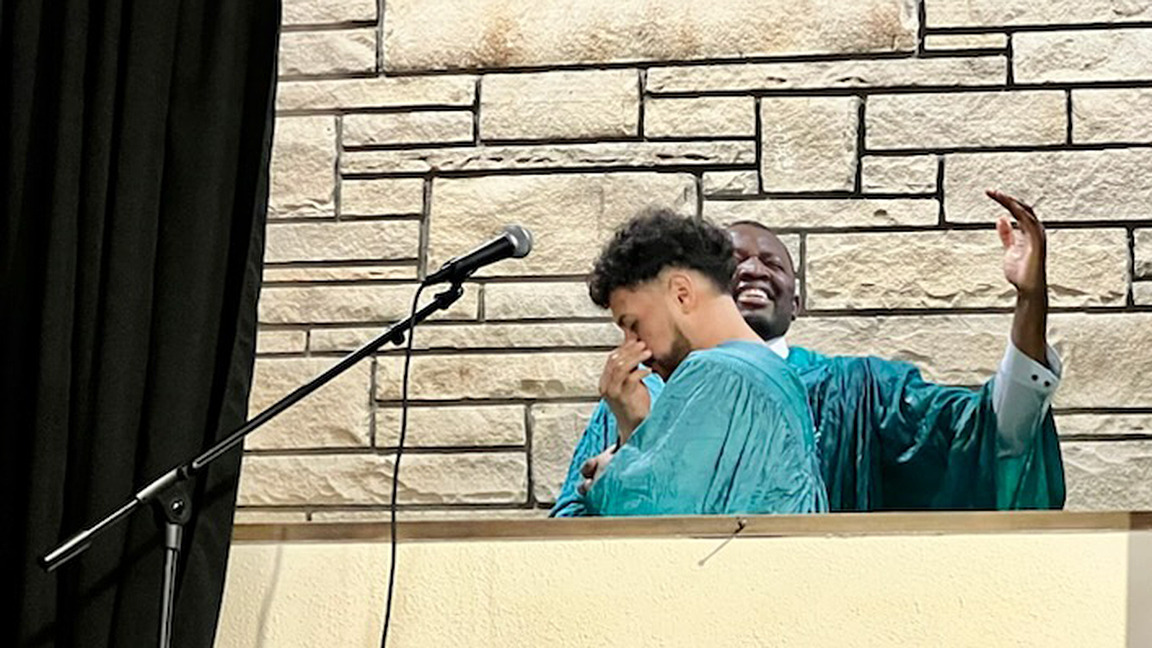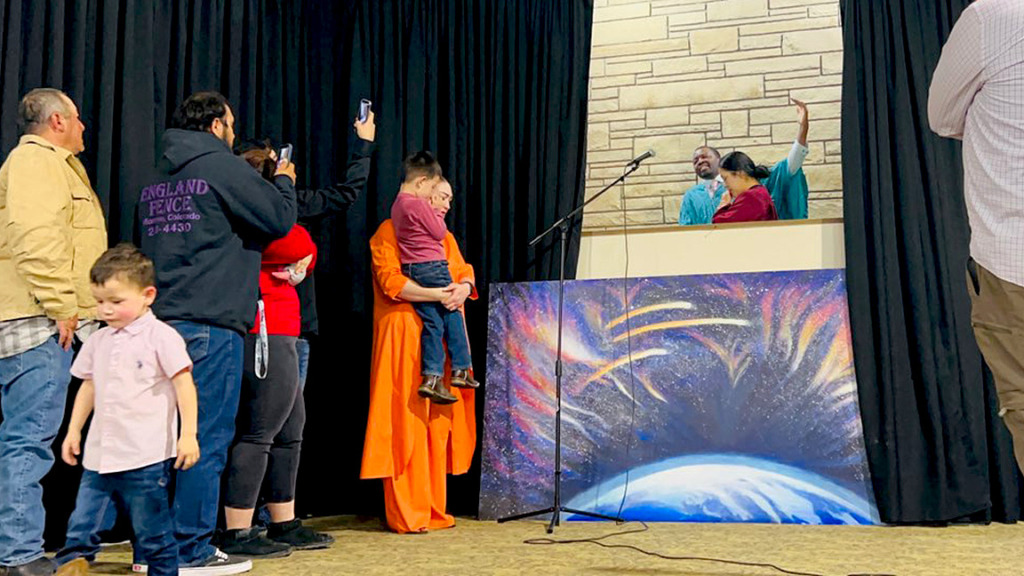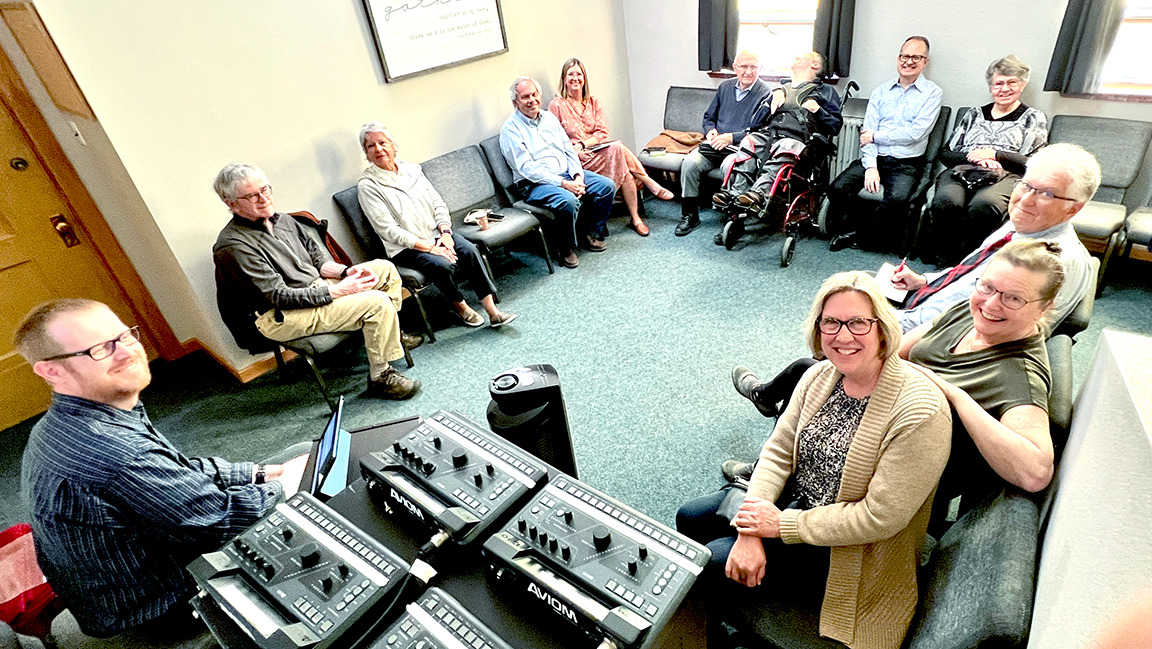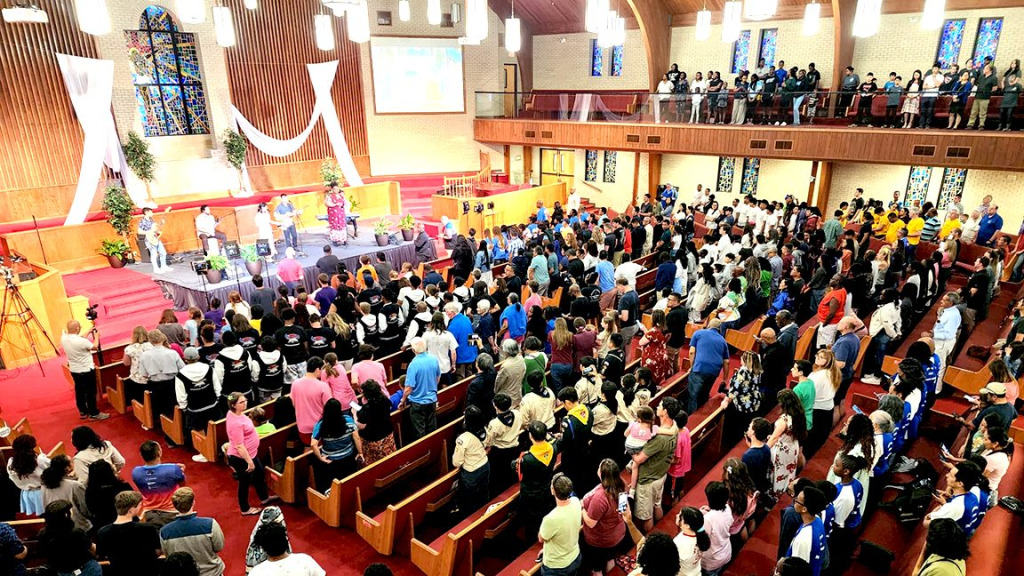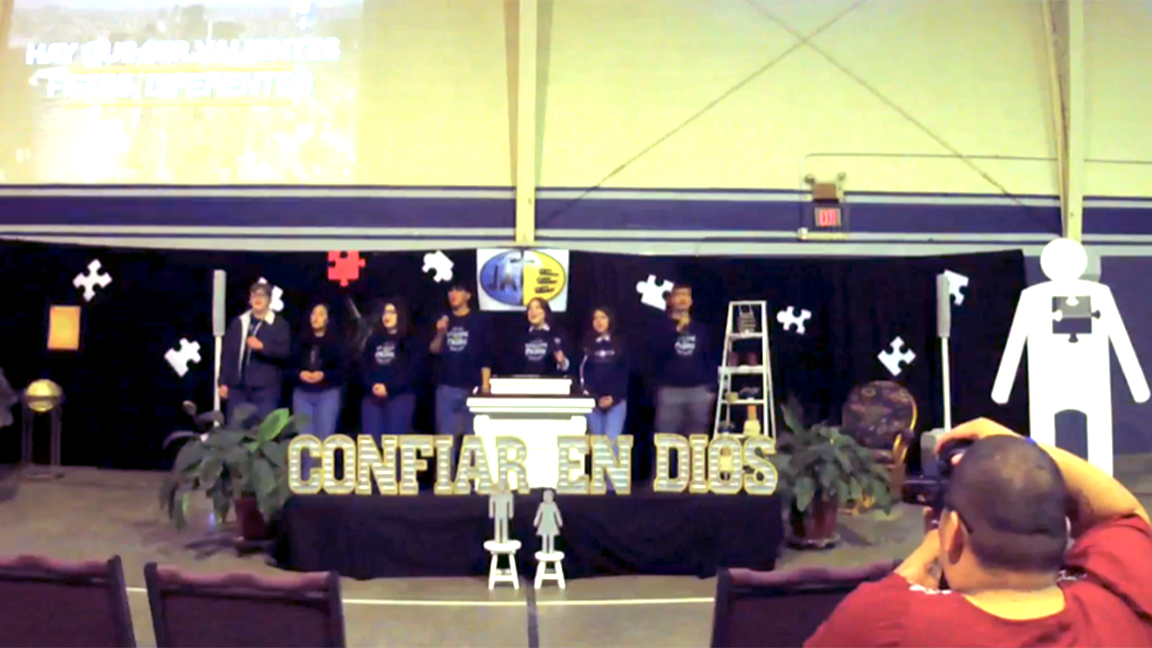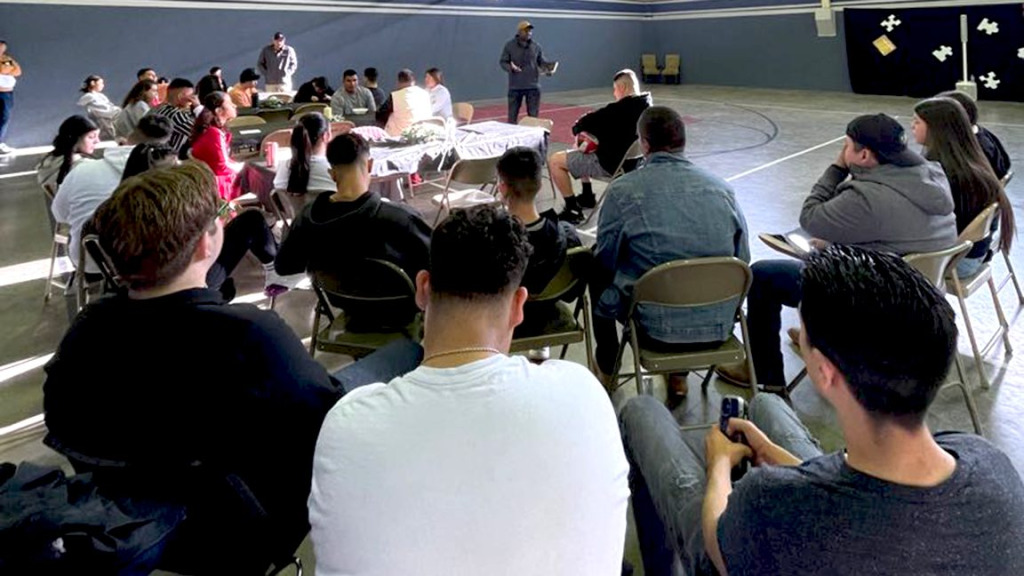Karrie Meyers – Highlands Ranch, Colorado … In Martin Luther’s words, “Next to the Word of God, the noble art of music is the greatest treasure in the world.”
Mile High Academy offers its students a variety of electives each year, but music continues to shine as a favorite for students. This year was no exception as more than 95 middle and upper school students participated in choir and band, not including the lower school grades. This high level of participation allows MHA to continue its music ministry with churches in the Denver metro area.
“We are grateful for our strong relationship with our local churches,” said Andrew Carpenter, MHA principal. “We have 14 churches supporting MHA, either through their children attending MHA, financial support, volunteering on campus, or teaching. It’s important to our school to share our talents with our churches who continuously provide support for our students.”
This year MHA’s music groups attended the Colorado Indonesian, Littleton, Pecos, Denver South, Newday, LifeSource Adventist Fellowship, Denver West, and Franktown Seventh-day Adventist churches. Not only did the choir and orchestras perform, but the students also lead in special music presentations, hosted student panels, offered student testimonials, told the children’s stories, and Carpenter was the guest speaker for the day.
“We were so blessed to have the middle school provide us a sermon in song, and we always enjoy having Andrew preach,” said Eleanor Kuhn, Denver West church member and MHA school board member. “We are happy to be a part of such an awesome school!”
Events such as these require extra practice time for the students. Under the eye of MHA music teacher Ismael Castillo, the students not only worked during class time, but they often had extra practice hours after school. Several students in this year’s band had never held an instrument before, and it’s never easy to blend unique voices to perform in a choir. But the students worked hard, with the support of their parents, and enjoyed being able to share their musical talents with the churches during MHA Sabbaths.
MHA parent and Littleton Adventist Church member Ami Warner said, “It was great to see my kids perform in choir at churches other than our home church. I could tell that the churches were so proud and happy to host us. It gave us a sense of connection with these other Denver area churches that we wouldn’t have gotten otherwise. I would love to see more music students involved next year, like elementary and the middle school band and orchestra.”
With only a few school weeks left, there are no scheduled MHA Sabbaths on the remainder of this school year’s calendar. However, MHA administration is already in talks with area churches to begin planning for next school year.
“We are looking forward to continuing the tradition of performing at our churches,” said Carpenter. “The warm church welcomes and connections our students make at events like these make a lasting impression in their lives. We’re excited to continue to build our music department as we move forward with letting our students’ lights shine through the gift of music ministry.”
—Karrie Meyers is the marketing and development staff at Mile High Academy. Photos supplied.



